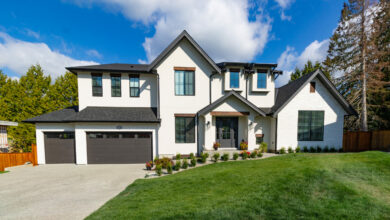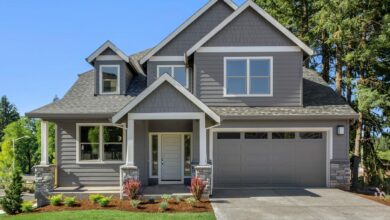Installing a Home Security Camera? Avoid These Terrible Locations
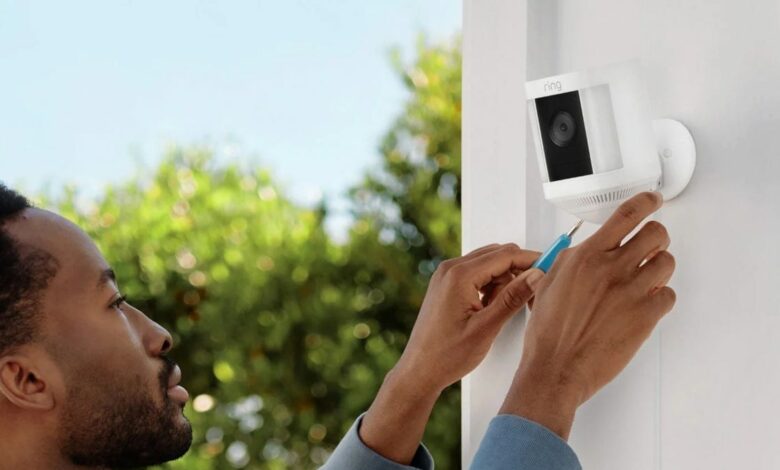
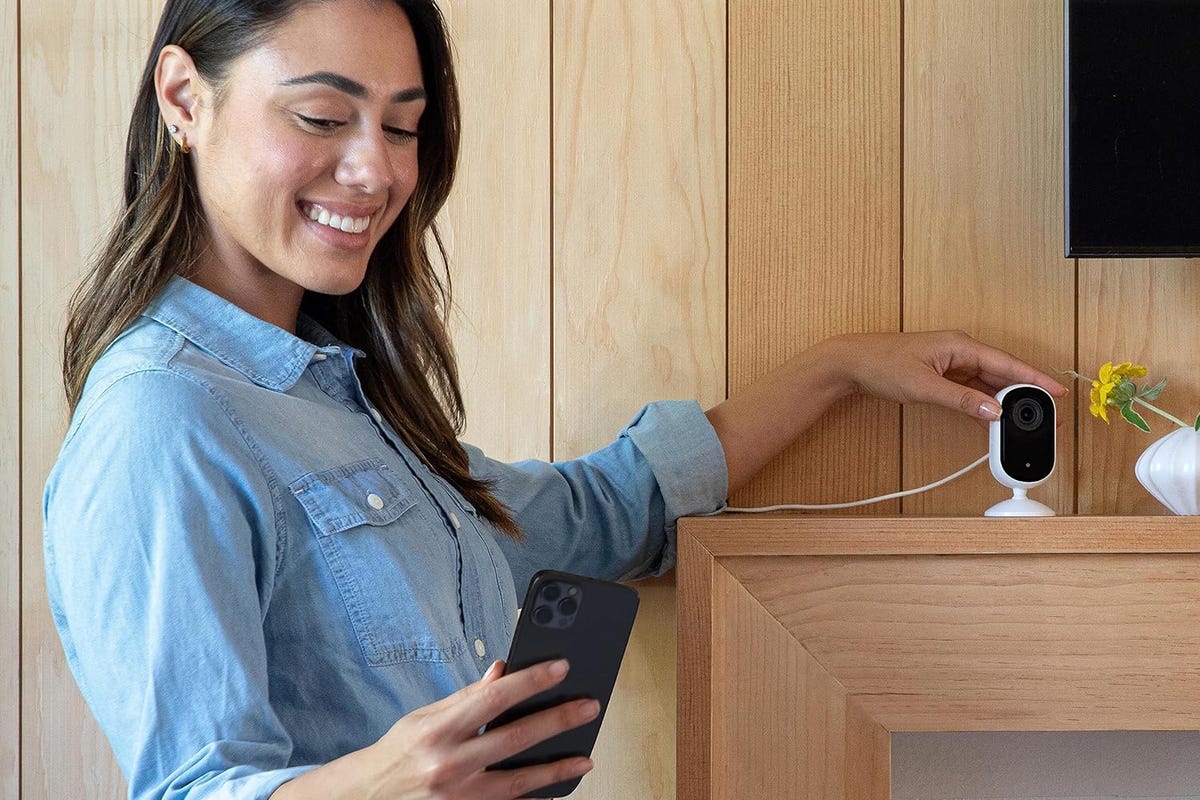
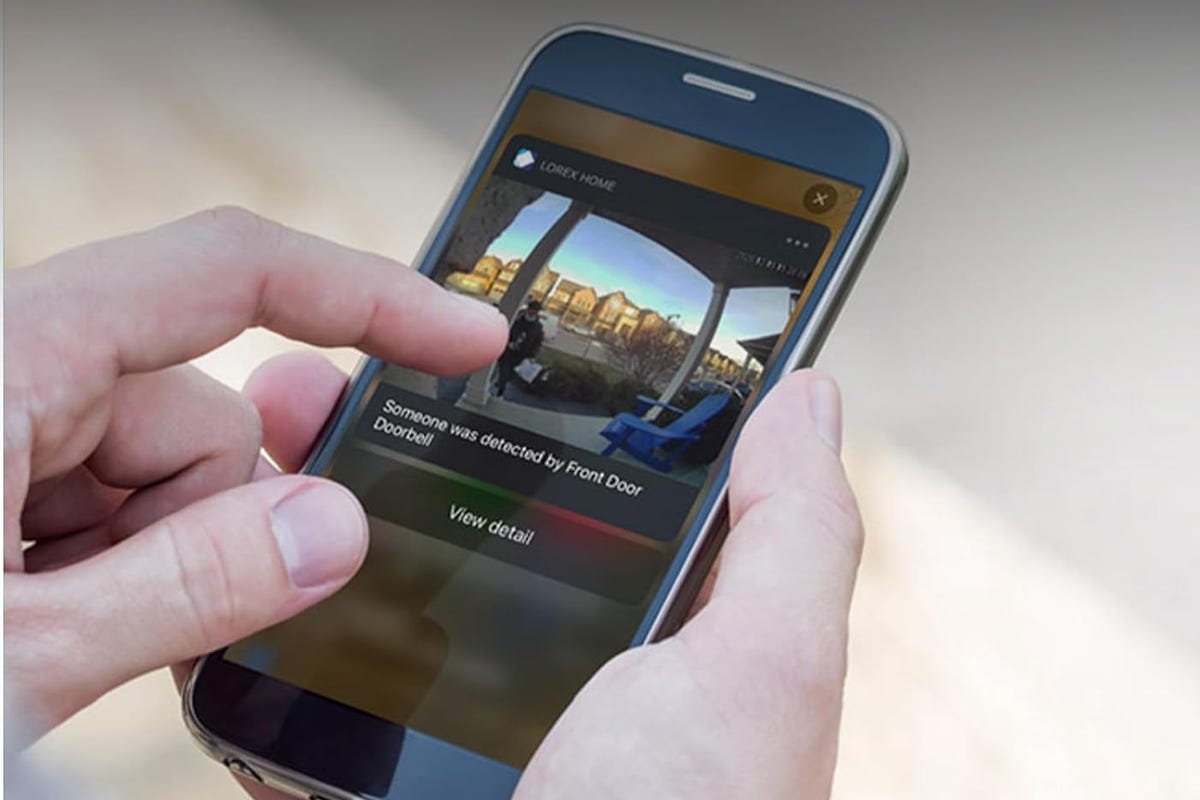
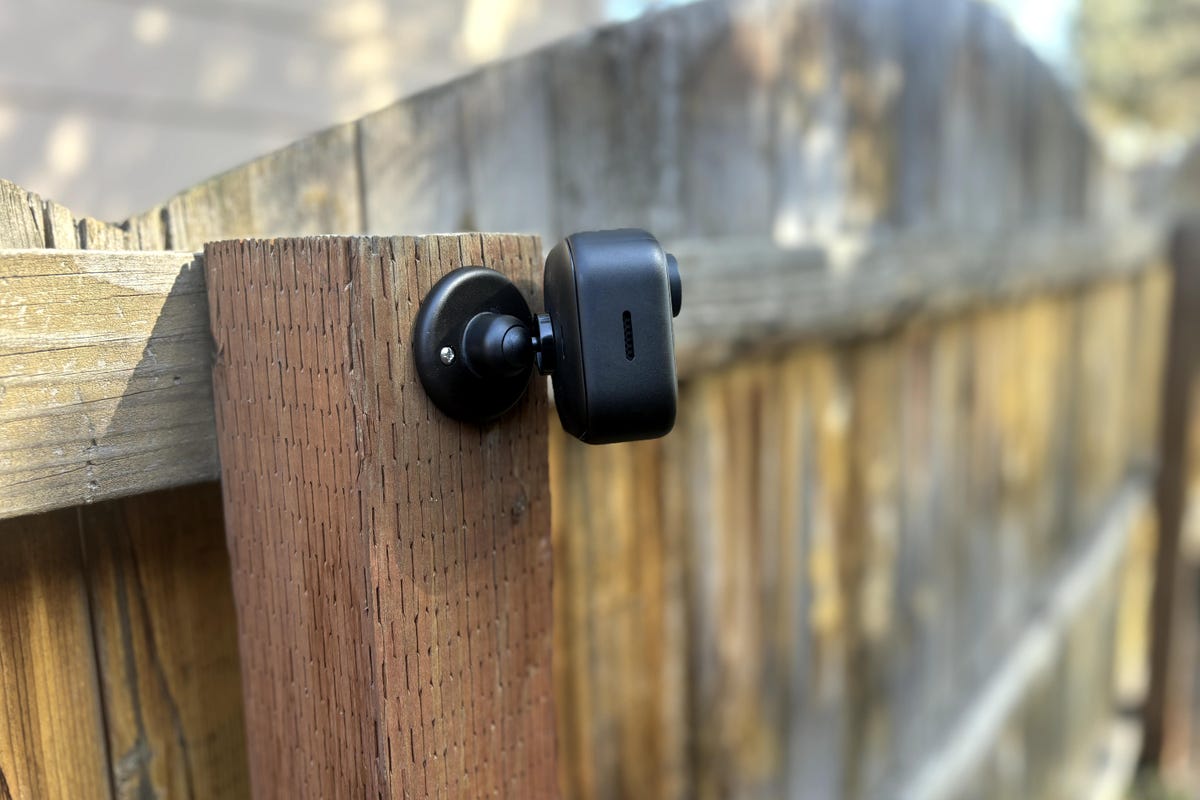
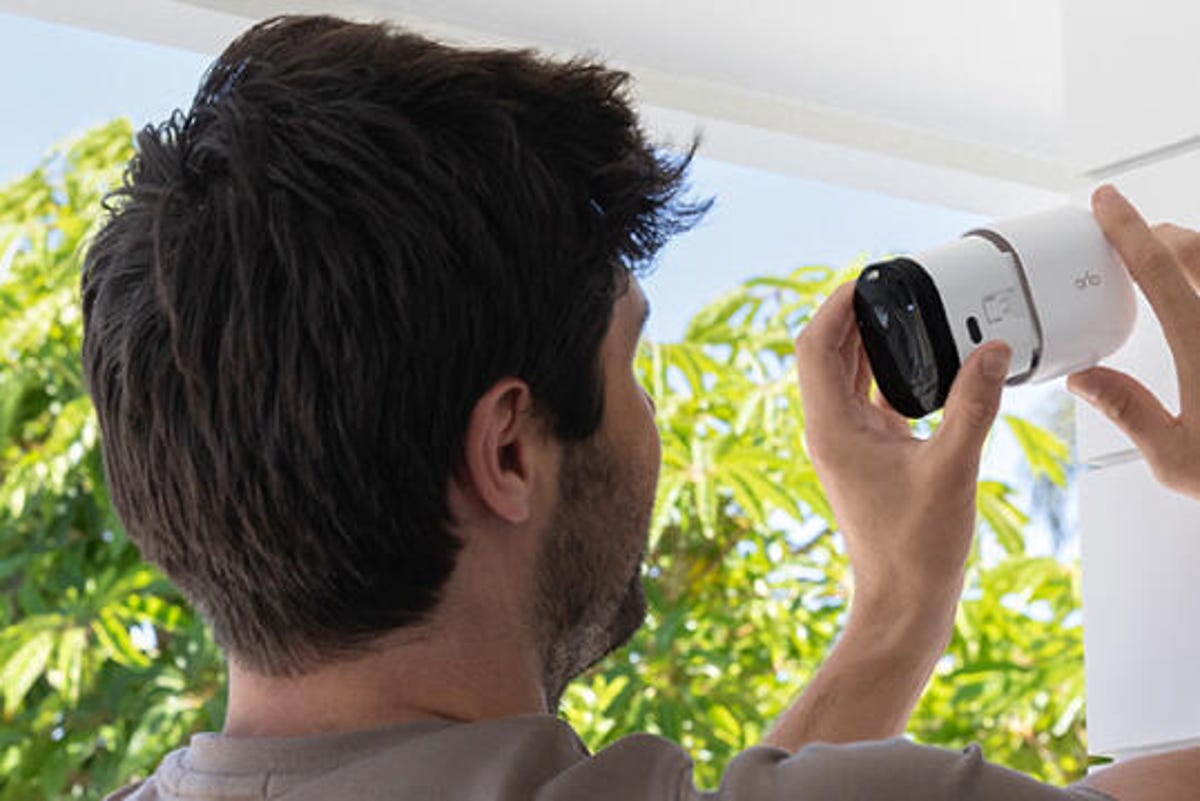
Home security is easier than ever these days, with plenty of affordable options for smart locks and alarm systems. If you need to keep an eye on the most important parts of your home, a new security camera or video doorbell is the perfect solution. Just make sure you don’t install your security camera in a place that could cause problems.
You can install a wireless security camera like the Google Nest Cam almost anywhere, but a bad location can result in false positives and poor live footage. The camera may not pick up any details, and in the worst case, it can lead to lawsuits from angry neighbors. Some people get very upset when they find out that a security camera has been installed in their neighborhood, and there have been cases of people going to forums like Reddit to try to resolve legal threats and potential lawsuits.
We’ve got you covered with the best wireless cameras; now we’re going to show you what not what you need to do when installing it.
Read more: 5 Places You Should Never Put Your Amazon Echo
Spot 1: Places with the ‘expectation of privacy’
You need your security camera to protect your home, but the last thing you want is for it to compromise the safety of others. Don’t risk breaking the law (and inviting lawsuits) by placing a camera where people have what the law considers a reasonable expectation of privacy.
In practice, don’t place a security camera in a bathroom, bedroom, or similar space where there is a very strong expectation of privacy. If you must place a camera in one of these spaces (for example, to monitor your bedroom in a multi-tenant situation), make sure the camera is visible and that everyone in the home is aware of it.
Outdoor cameras should only capture public areas, such as the sidewalk or street that runs past your home, as privacy is not high in these areas.
Remember that your camera provides a sense of security and serves as a tool to keep you and your home safe. Make sure your cameras are not placed in places where they are ineffective, or worse, undermine someone’s safety.

The latest-generation Arlo Essential Indoor Cam is a handy camera, but place it carefully for best effect.
Spot 2: Looking directly at a neighbor’s property
In addition to protecting all the private areas on your property, be careful about placing security cameras so that part of their view captures a neighbor’s windows or backyard. Legally, these are places where your neighbors have a right to their own privacy, and lawsuits have been filed over much less.
Therefore, you should also try to avoid even the appearance of cameras pointed at a neighbor’s lawn or peering through their windows. Many modern security cameras have the ability to create “privacy zones” that block certain areas from the camera’s live view or recording. If a neighbor complains, you may be able to show him or her your privacy zones to prove that no part of his or her home is being recorded.
Spot 3: Hard to see locations
You might be tempted to point cameras at hard-to-see areas around your home. There’s an intuitive reason for this: if you can’t see a location from your windows or doors, it looks like someone is lurking. You might think that these hidden areas are a burglar’s favorite place to break in.
Most burglars enter a home through the most obvious paths. According to data collected by security firm ADT, 34% of burglars enter through the front door and 22% use a first-floor window. The most obvious entry points are the most common routes for break-ins. By focusing a camera on these areas, you can deter a break-in and identify anyone trying to get in.
Placing a security camera on a side street or at the back of your house may seem like you’re catching someone sneaking around, but you’re more likely to miss the action. If you really need to keep an eye on the hidden spots, look for a multi-camera bundle that you can install in multiple locations, such as this package with Arlo Pro 4 spotlight cameras.

Lorex offers free object detection with its cameras, so make sure they have a good line of sight.
Spot 4: Behind obstacles
This may sound like a no-brainer, but camera obstructions aren’t always so obvious. Outdoors, this can mean leaving room for tree branches that can sway in the wind. Be careful with fast-growing plants that require you to move your camera every year or two, or tree branches that can get a lot heavier when they’re full of spring leaves/flowers and block your view. A quick trim can help your setup.
Also consider the range of your camera indoors. Will your camera see everything you want it to see when interior doors open and close? You also don’t want to put your camera where a pet could come into contact with it. If you put it on a shelf, will your cat push it off? Will an energetic dog running around the house make it tumble or change angles? Same goes for running toddlers.
Find a spot with a good view of the space you want to view and where you, a guest or your four-legged friend cannot bump into it.
Spot 5: Through a window
We know it’s tempting to pay less for an indoor-only camera and consider placing it by a window so it can see out. There are two major problems with trying to do this.
First, windows have a problem with glare, even when the camera is pressed close to the glass, so the view often doesn’t work when the sun is at a certain angle or when it’s dark outside. Over time, dust on the window causes similar problems.
Secondly, the angles and area you can view through your home windows are very limited. Cameras are unlikely to get a good view of key entry points or a wide view of a yard or driveway.

The Blink Outdoor 4 has an adjustable holder that is sturdy enough to stay at the right angle.
Spot 6: Facing the sky
We don’t mean deliberately tilting a camera so that it only captures the big blue — we’re talking about cameras with wide fields of view that take in a significant portion of the sky. This can be a problem if the sun is passing overhead and blinding the camera with glare or blocking out detail with brightness. Frequent, direct sunlight also increases the risk of UV damage and wear over time.
To avoid these issues, aim your camera away from the sky and focus on images below the roof/tree/hill line. Also, try to place cameras where they are at least partially protected by shade.
7. Near ventilation openings or heating appliances

Installing the Arlo Pro outdoors.
We ran into this issue during some of our testing and sample experiments, and we want to warn you: Do not place a camera near or above an exhaust vent or heat source. This includes space heaters, fireplaces, fire pits, gas heater exhaust vents, dryer exhaust vents, and more.
Vents and open heat sources often cause the camera and lens to become dirtier, while the higher temperatures are bad for the battery of wireless models. The result is poorer performance and a shorter lifespan for your camera. If you use adhesive bonding for your camera, a nearby heat source can damage the adhesive and cause a crash (another reason to avoid direct sunlight).
Bonus tip: There’s no right or wrong height for most security cameras, though there are many recommendations. A higher vantage point will give you a better view of a driveway or large yard, but we find that a wide field of view (130+ degrees at least) works just as well, if not better. A rechargeable camera should generally be placed in a spot that’s easy to reach when the battery needs attention. Video doorbells are typically installed about 4 feet from the bottom of the door frame.
For more information, read more about other Mistakes You Can Make When Securing Your Home. Learn how to stop porch pirates, reduce the risk of car break-ins And what you should keep safe.
Frequently Asked Questions
How do I avoid legal problems when installing a security camera?
When installing a security camera, you must respect the “expectation of privacy.” That means you should not film places where people might reasonably expect their actions to remain completely private.
In your own home, this includes areas like the bathroom and bedroom — though you can still install a camera if you don’t hide it and make it clear that there is security equipment installed. Outside of the home, it’s best to be cautious about installing cameras pointed at strangers’ properties, especially their backyards.
What are the biggest obstacles to a security camera?
If you want to make sure your security camera has a blocked view, make sure you don’t install it near tree branches. You also want to avoid pointing the camera into the sun or through a window, as both locations create a lot of glare and will block your view.


